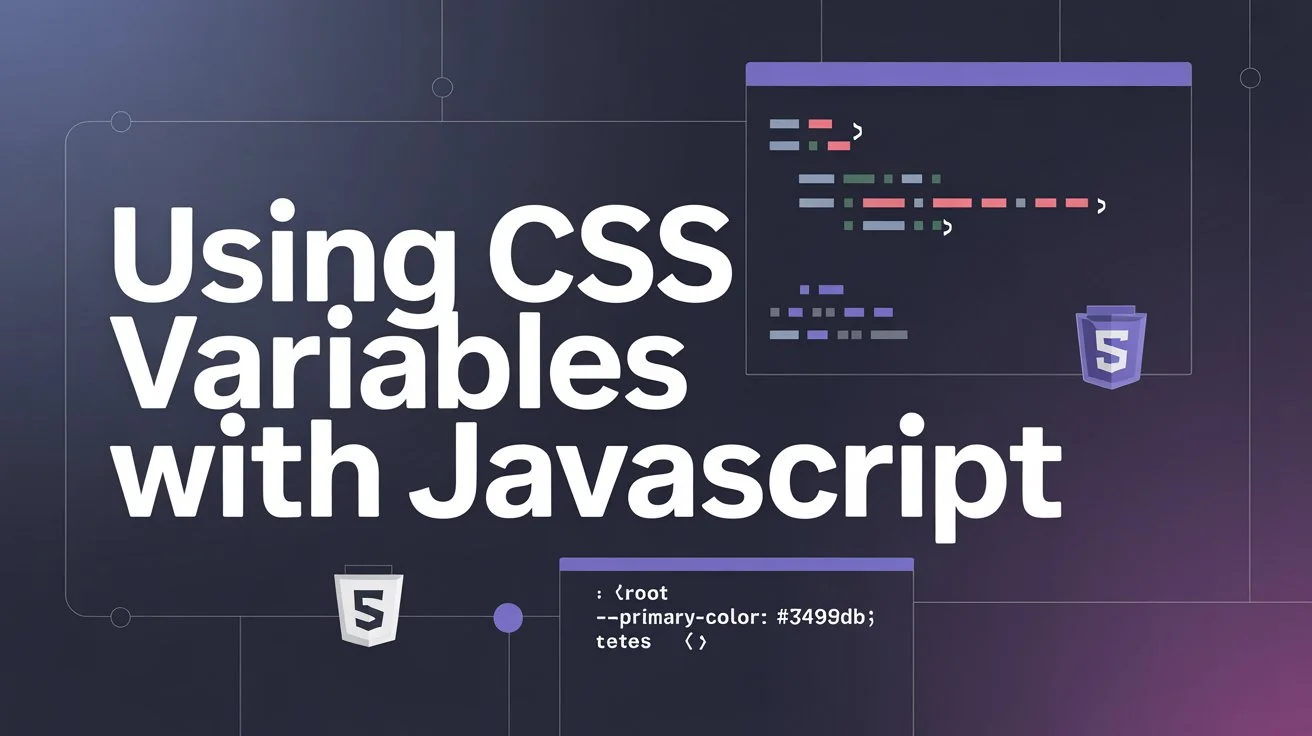JavaScript's forEach()
method is one of the most commonly used array iteration methods, but many developers don't realize that it
provides
access to the current array index as the second parameter. Understanding how to get the current array index in forEach()
is essential for writing more powerful and flexible JavaScript code.
This comprehensive guide covers everything you need to know about accessing array indices in forEach() loops, from basic
usage to advanced techniques. You'll learn when and how to use the index parameter, performance considerations,
common pitfalls, and real-world examples that will help you write more efficient and maintainable JavaScript code.
forEach() Syntax
The forEach() method
accepts a callback function that receives three parameters. The second parameter is the index of the current
element being processed, which is what we'll focus on in this guide.
array.forEach(function(element, index, array) {
// element: The current element being processed
// index: The index of the current element (0-based)
// array: The original array being iterated over
});Basic Example
Here's a simple example that demonstrates how to access the current array index in a forEach() loop. Notice how the index parameter provides the zero-based position of each element.
const fruits = ['apple', 'banana', 'cherry'];
fruits.forEach(function(fruit, index) {
console.log(`${index}: ${fruit}`);
});
// Output:
// 0: apple
// 1: banana
// 2: cherryArrow Function Syntax
You can also use arrow function syntax for a more concise approach. This is the preferred method in modern JavaScript development.
const fruits = ['apple', 'banana', 'cherry'];
fruits.forEach((fruit, index) => {
console.log(`${index}: ${fruit}`);
});
// Output:
// 0: apple
// 1: banana
// 2: cherryPractical Examples
Now let's look at some practical examples where accessing the array index in forEach() is particularly useful. These examples show real-world scenarios where the index parameter adds significant value.
Numbered List
const tasks = ['Complete project', 'Review code', 'Write tests'];
tasks.forEach((task, index) => {
console.log(`${index + 1}. ${task}`);
});
// Output:
// 1. Complete project
// 2. Review code
// 3. Write testsConditional Logic
const numbers = [10, 20, 30, 40, 50];
numbers.forEach((number, index) => {
if (index === 0) {
console.log(`First: ${number}`);
} else if (index === numbers.length - 1) {
console.log(`Last: ${number}`);
} else {
console.log(`Middle: ${number}`);
}
});
// Output:
// First: 10
// Middle: 20
// Middle: 30
// Middle: 40
// Last: 50Accessing Adjacent Elements
One powerful use case for the index parameter is accessing adjacent elements in the array. This allows you to compare the current element with previous or next elements, which is useful for data analysis and processing.
const temperatures = [22, 25, 23, 28, 26];
temperatures.forEach((temp, index) => {
if (index > 0) {
const previousTemp = temperatures[index - 1];
const difference = temp - previousTemp;
const trend = difference > 0 ? 'increased' : 'decreased';
console.log(`Temperature ${trend} from ${previousTemp}°C to ${temp}°C`);
} else {
console.log(`Starting temperature: ${temp}°C`);
}
});
// Output:
// Starting temperature: 22°C
// Temperature increased from 22°C to 25°C
// Temperature decreased from 25°C to 23°C
// Temperature increased from 23°C to 28°C
// Temperature decreased from 28°C to 26°CCommon Use Cases
Here are some common scenarios where you'll want to use the index parameter in forEach() loops. These patterns are frequently used in web development and data processing.
Creating Numbered Lists
const items = ['First item', 'Second item', 'Third item'];
items.forEach((item, index) => {
console.log(`${index + 1}. ${item}`);
});
// Output:
// 1. First item
// 2. Second item
// 3. Third itemStyling Based on Position
const products = ['Laptop', 'Phone', 'Tablet', 'Watch'];
products.forEach((product, index) => {
const isEven = index % 2 === 0;
const prefix = isEven ? '✓' : '•';
console.log(`${prefix} ${product}`);
});
// Output:
// ✓ Laptop
// • Phone
// ✓ Tablet
// • WatchKey Points
- The
forEach()method does not return a value; it is used for executing a function on each array element - The callback function can accept up to three arguments: the current element, its index, and the array being traversed
- Using the second parameter of the callback function allows you to access the current index during iteration
- JavaScript arrays use zero-based indexing (0, 1, 2, ...)
- You can access adjacent elements by using the index to reference other array positions
Common Pitfalls
When working with array indices in forEach(), there are several common mistakes that developers make. Understanding these pitfalls will help you write more robust code.
Zero-Based vs One-Based Indexing
const items = ['First', 'Second', 'Third'];
// Confusing: Shows 0, 1, 2 to users
items.forEach((item, index) => {
console.log(`${index}: ${item}`); // 0: First, 1: Second, 2: Third
});
// Better: Convert to one-based for display
items.forEach((item, index) => {
console.log(`${index + 1}: ${item}`); // 1: First, 2: Second, 3: Third
});Modifying Array During Iteration
const numbers = [1, 2, 3, 4, 5];
// Problematic: Modifying array during iteration
numbers.forEach((number, index) => {
if (number % 2 === 0) {
numbers.splice(index, 1); // This can cause issues
}
});
// Solution: Collect indices to modify first
const numbers2 = [1, 2, 3, 4, 5];
const indicesToRemove = [];
numbers2.forEach((number, index) => {
if (number % 2 === 0) {
indicesToRemove.push(index);
}
});
// Remove in reverse order to maintain index validity
indicesToRemove.reverse().forEach(index => {
numbers2.splice(index, 1);
});
console.log(numbers2); // [1, 3, 5]Conclusion
By leveraging the index parameter in the forEach() method, you can
perform operations that require knowledge of an element's position within the array. This is particularly useful
for creating numbered lists, implementing conditional logic based on position, and accessing adjacent elements.
The ability to access the current array index in JavaScript forEach() loops opens up many possibilities for more sophisticated array processing. Whether you're building user interfaces, processing data, or implementing business logic, understanding how to use the index parameter effectively will make you a more proficient JavaScript developer.




